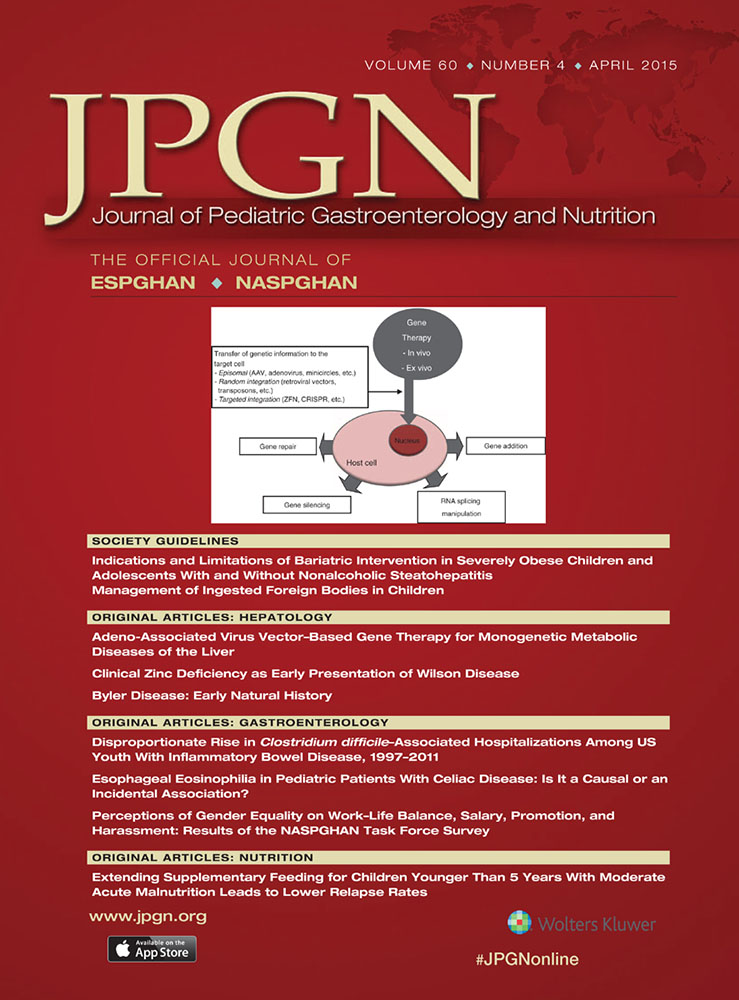Byler Disease
Early Natural History
B.L.S. has received grants from the National Institutes of Health-National Institute of Diabetes and Digestive and Kidney Diseases to study Byler disease (DK062466 and DK080808) and an investigator-initiated grant from Hyperion Therapeutics (Brisbane, CA) to study the treatment of Byler disease. He is study chair for an National Institutes of Health-National Institute of Diabetes and Digestive and Kidney Diseases study of the treatment of Alagille syndrome, which involves a cooperative research and development agreement with Lumena Pharmaceuticals/Shire, and has applied to participate in research in progressive familial intrahepatic cholestasis supported by Lumena Pharmaceuticals/Shire. The other authors report no conflicts of interest.
ABSTRACT
Objectives:
Byler disease, originally described in Amish kindred, results from mutations in ATPase Class I Type 8b Member 1 (ATP8b1). Specific clinical reports of Amish Byler disease were last published 40 years ago. These investigations were directed at the present detailed clinical understanding of the early course of hepatic manifestations of Byler disease.
Methods:
This study analyzed routine clinical practice and outcomes of children with Byler disease (defined by homozygous c.923G>T mutation in ATP8b1), who initially presented to Children's Hospital of Pittsburgh of UPMC between January 2007 and October 2014. Data were analyzed to the earlier of 24 months of age or partial external biliary diversion.
Results:
Six children presented between 1 and 135 days of life: 2 presented with newborn direct hyperbilirubinemia, 2 had complications of coagulopathy, 1 had failure to thrive and rickets, and 1 sibling was identified by newborn genetic testing. Intensive fat-soluble vitamin supplementation was required to prevent insufficiencies in vitamins D, E, and K. Hyperbilirubinemia was variable both over time and between children. Serum bile acid levels were elevated, whereas γ-glutamyltranspeptidase levels were low normal. Scratching behavior (pruritus) was intractable in 4 of 6 children with onset between 6 and 12 months of age. Features of portal hypertension were not observed. Partial external biliary diversion was used during the second year of life in 4 children.
Conclusions:
Detailed analysis of Byler disease revealed varied disease presentation and course. Nutritional issues and pruritus dominated the clinical picture in the first 2 years of life.




